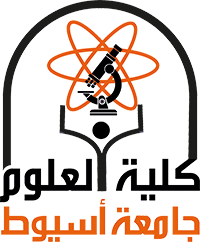Hydrogen gas (H2) is an environmentally benign and sustainable energy fuel. Because of its high energy content, hydrogen presents a viable clean energy source alternative to fossil fuels and is regarded as a one of the most promising energy sources. In the current investigation, CuWO4 was applied, for the first time, as an efficient catalyst for the green generation of H2 from the hydrolysis of NaBH4. CuWO4 was fabricated via a co-precipitation assisted hydrothermal method. The synthesized catalyst was characterized by XRD, XPS, VSM, FTIR, SEM, TEM, and nitrogen sorption analyses. XRD and XPS analyses confirmed the successful formation of CuWO4. It was estimated that, values of hydrogen generation rate (HGR) 818, 1250, 2467, and 2920 ml min−1 g−1 were respectively obtained at reaction temperatures of 28, 35, 40, and 45 °C. According to the pseudo-first-order equation, CuWO4 have an estimated apparent activation energy of 59.2 kJ mol−1. Thermodynamic parameters like ∆H#, ∆S#, and ∆G# were also calculated. The antibacterial efficacy of CuWO4 was evaluated against four Gram positive pathogenic strains; Bacillus subtilis, Bacillus cereus, Staphylococcus aureus and Micrococcus luteus with concentration range 0–150 µg ml−1 comparing with chloramphenicol (CHL) antibacterial agent. Minimum inhibitory concentration (MIC) was determined for CuWO4 and CHL for the four strains. CuWO4 clear promising antibacterial properties with growth inhibition (%) of 82.79 (49.9 CHL) %, 73.56 (67.89 CHL) %, 61.38 (58.18 CHL) %, and 50.47 (43.4 CHL) % at 150 µg ml−1 of B. subtilis, S. aureus, B. cereus, and Micrococcus luteus, respectively.
Research Abstract
Research Date
Research Department
Research Journal
Journal of Inorganic and Organometallic Polymers and Materials
Research Member
Research Publisher
@ Springer
Research Rank
International
Research Website
https://link.springer.com/article/10.1007/s10904-025-03727-2
Research Year
2025
Research Pages
1-15

